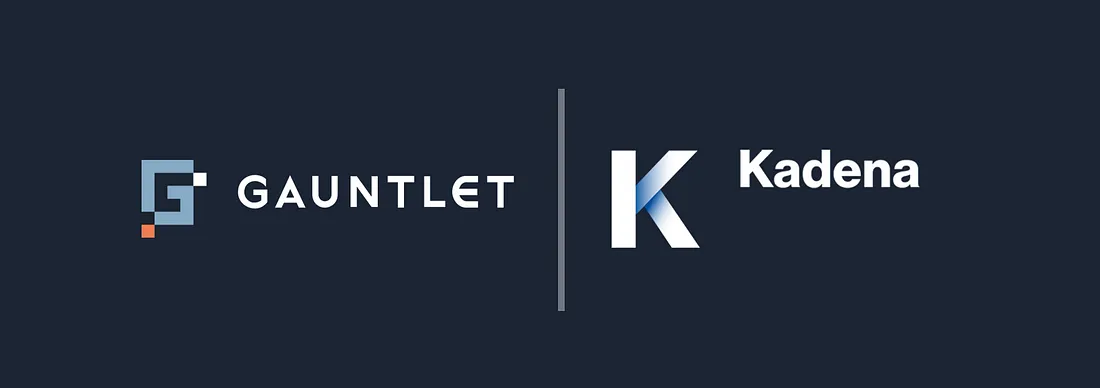Gauntlet Study Finds Kadena Public Blockchain is Secure and Scalable
Learn more about the findings from the IEEE peer-reviewed research paper
Kadena’s upcoming public blockchain is a parallelized, Proof of Work (PoW) blockchain that is more scalable and secure than existing blockchains like Bitcoin and Ethereum. To validate Kadena’s security and viability, we turned to Gauntlet Networks, an independent blockchain analysis firm using agent-based simulations to study blockchain protocols. In an IEEE conference-accepted paper presented in Stockholm earlier this summer, Gauntlet and Kadena shared the findings.
Below are some of the key takeaways. You can read the full recap of the findings on Gauntlet’s blog or the Forbes article featuring our Head of Research & Networks, Monica Quaintance.
Why Use Agent-Based Simulations?
Agent-based simulations (ABS) are used by researchers when the cost of experimentation is high, but estimating your risk accurately is critical for success in production. This is the case with public blockchain, where billions of dollars in transactions are at stake. You’ll also find ABS used in high-frequency trading analysis, macroeconomic modeling, and self-driving car design.
ABS is well-suited for analyzing multi-chain blockchains like Kadena because there are explicit correlations between cross-chain transactions and how miners make decisions. Unlike single-chain blockchains, the parallelized, multi-chain nature of our blockchain means standard probabilistic tools cannot be used to create a closed-form proof.
What is Kadena’s Public Blockchain? A Brief Overview
Kadena is a braided, PoW network currently in testnet. Based on Bitcoin’s PoW protocol, Kadena hash-links multiple chains to provide additional security and throughput. For more resources on understanding Kadena’s public blockchain, refer to our whitepaper and 101 blog post.

Key Findings
Gauntlet found that:
- Adversaries in the Kadena network experience much greater volatility than their honest counterparts, meaning that it is more costly to act maliciously. An actor is incentivized to participate in the network honestly if they want to get the most monetary rewards.

-
Honest, profit-maximizing agents beat out the censoring agents until those adversaries were in the majority (~50–60%). This security profile is largely similar to Bitcoin’s current PoW security, which is one of the strongest and most secure protocols among existing blockchains.
-
Overall, Kadena’s chains appear difficult to censor given that there are enough rational, profit-maximizing miners in the system. Under many runs, a braided Proof of Work blockchain can securely scale with a network structure that economically benefits all participants.
Want to learn more about Kadena’s public blockchain? We’re launching our mainnet on October 30! Join our Discord and sign up for our newsletter below for updates.

